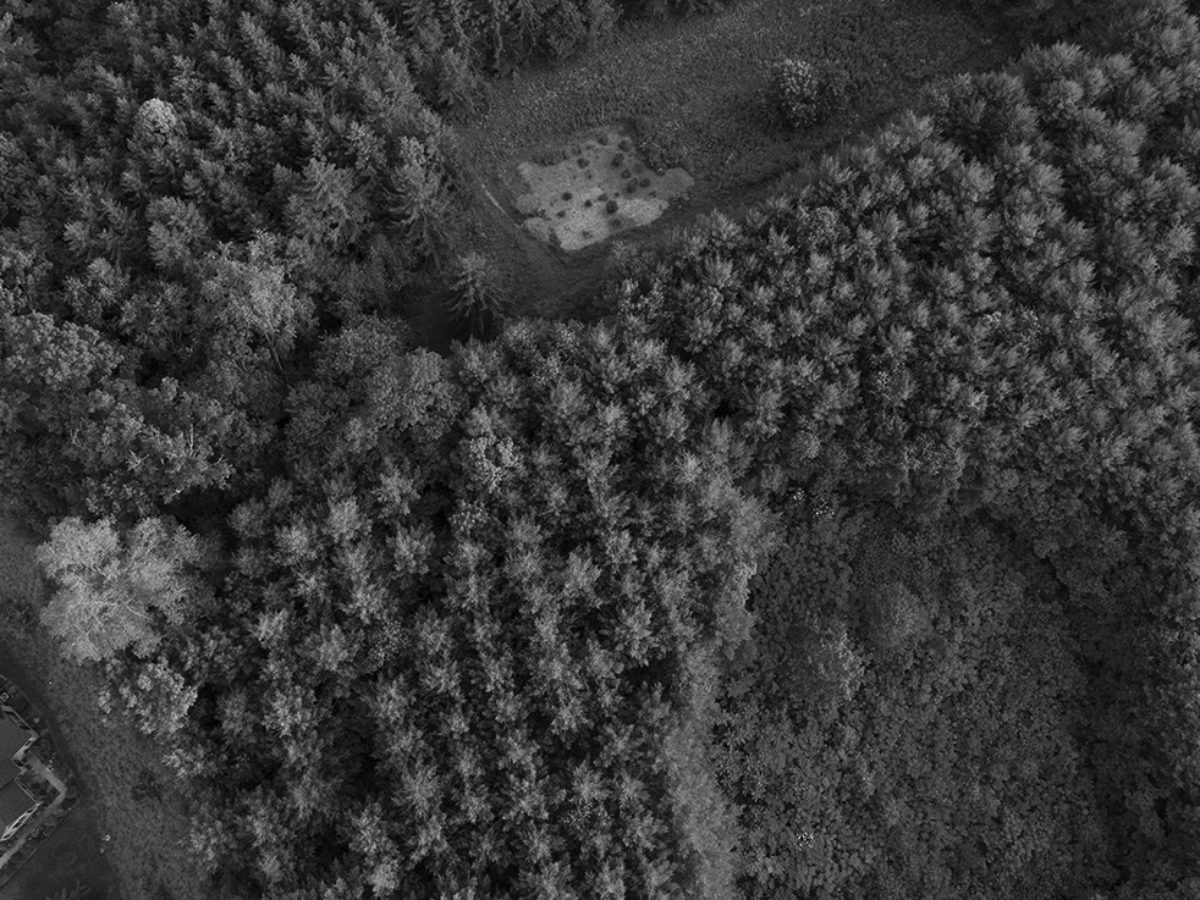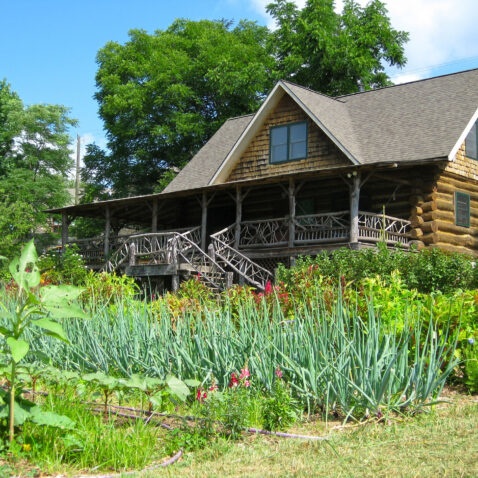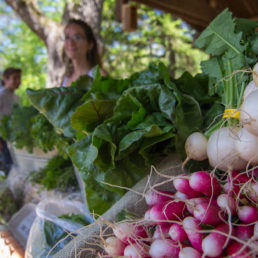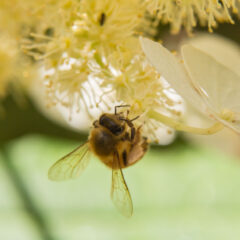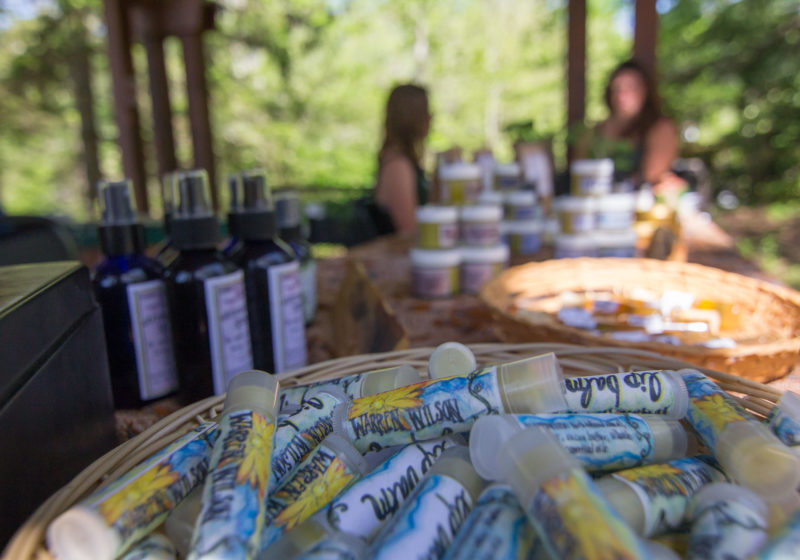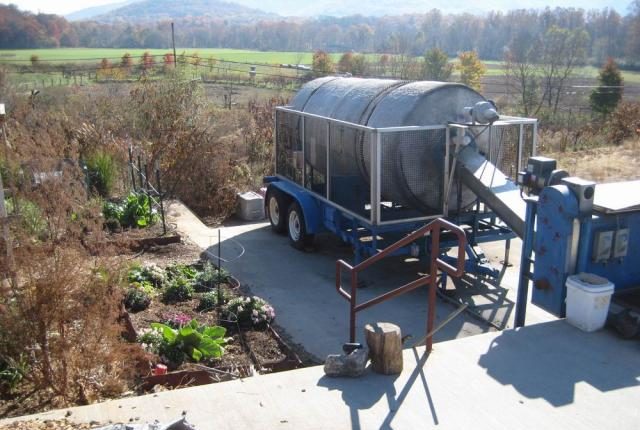An Outdoor Classroom
The garden is three acres of organically raised crops, including vegetables, fruits, cut flowers, and herbs. It makes use of season extension practices such as a heated greenhouse and unheated hoophouses.
The garden also manages a small apiary, chickens, and works to model sustainable agriculture practices. You’ll find that our garden does more than provide food for campus – it also works as a testing ground for our student research.
The Farm General Store sells in-season produce and herb garden products every Saturday from 10am – 1pm!
